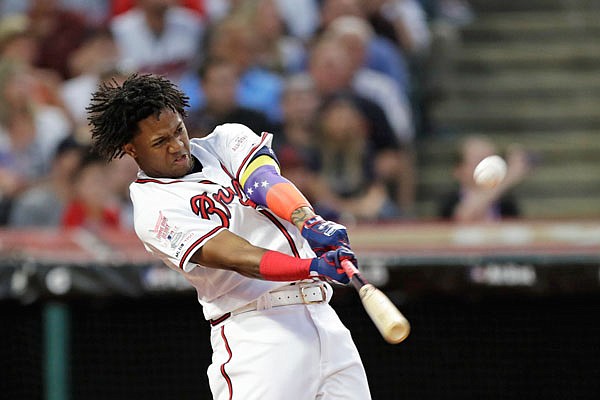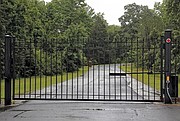It never ceases to amaze me how often this topic comes up, year after year. And yet, with Justin Verlander's comments, it's now the No. 1 topic in baseball.
Last week during the All-Star break, Verlander made comments toward commissioner Rob Manfred, suggesting baseballs are "juiced" this season to explain the higher rate of home runs in 2019.
Verlander has the numbers to back up his opinion. Batters hit 3,691 home runs prior to the All-Star break, which is on pace for 6,668 by the end of the season. Last season, there were 5,558 homers, and the record of 6,105 was set in 2017.
Verlander was questioning whether Major League Baseball is inflating the numbers intentionally, since the league owns a minority stake in Rawlings Sporting Goods Co., which manufactures the baseballs.
I get where Verlander is coming from, and the Houston Astros' veteran pitcher has every reason to voice his concerns. Baseball is a leisurely game that has frequent moments of inaction, and if teams want 40,000 fans to fill their stadiums, it seems like more home runs is the best way to drum up a higher attendance.
Sure, it makes for more runs scored and longer games, but some fans prefer watching home runs, as opposed to manufacturing runs.
As for me? Home runs are nice, and I was definitely one of those fans on the edge of my seat watching the home run chase of 1998 between Mark McGwire and Sammy Sosa. But as I've gotten older, my stance has changed, and I would rather see teams manufacture their runs.
But the home run craze is here to stay, and this is why.
Baseball has evolved during the past century to take more power away from the pitchers and give it to the hitters. In the early 1900s, 30-win seasons by pitchers were not all that uncommon. Home runs, on the other hand, were uncommon.
Then, right around the time of Ray Chapman's death in 1920 - he died after he was hit in the head by a pitch - the baseball itself began to change. The inside of the ball was wound much tighter, and the spitballs and the shineballs pitchers relied on heavily were soon outlawed.
This led to Babe Ruth pioneering the popularity of the home run, and many other hitters followed his lead.
It took until the 1960s before pitchers regained the upper hand in the game. In 1968, known as the "Year of the Pitcher," Bob Gibson had a remarkable 1.12 ERA, and Denny McLain won 31 games, a feat that has not been matched since.
But MLB intervened again, lowering the pitcher's mound from 15 inches to 10 inches, in an attempt to give power back to the hitters.
In addition, the strike zones have become smaller through the years, and pitchers have had the ability to throw inside taken away from them. Oh, don't get me wrong, they still can throw inside if they want to, but the fear of fines and suspensions prevents them from doing so.
And pitchers can work to throw harder and throw more breaking balls, but how long will they last until Tommy John surgery is almost surely inevitable?
MLB has done everything it can to make this a hitter's ballgame, because that's what most of the fans want. It's a game that is absolutely unfair to the pitchers.
Something has to be done to balance the power between pitchers and hitters. But don't hold your breath, because it may never happen.


